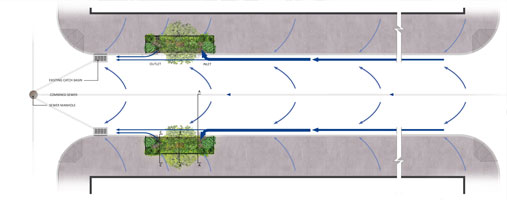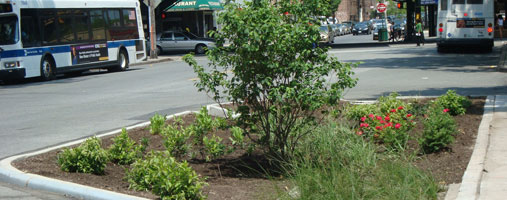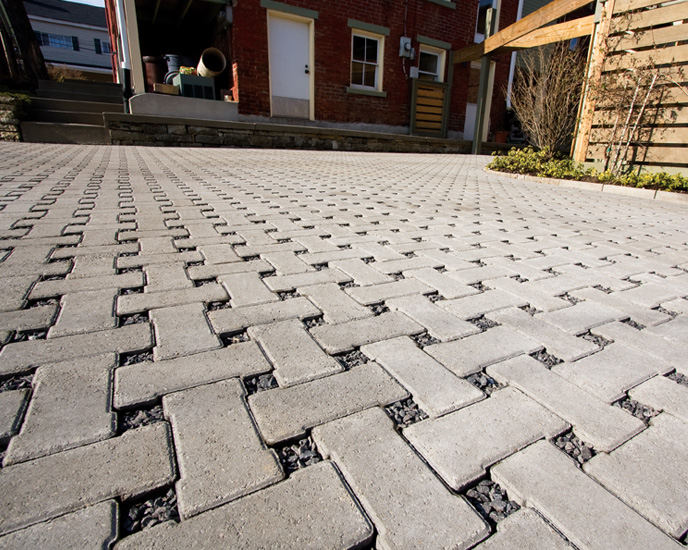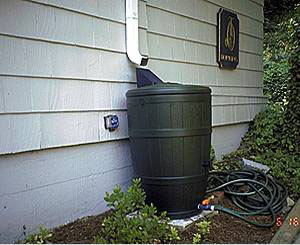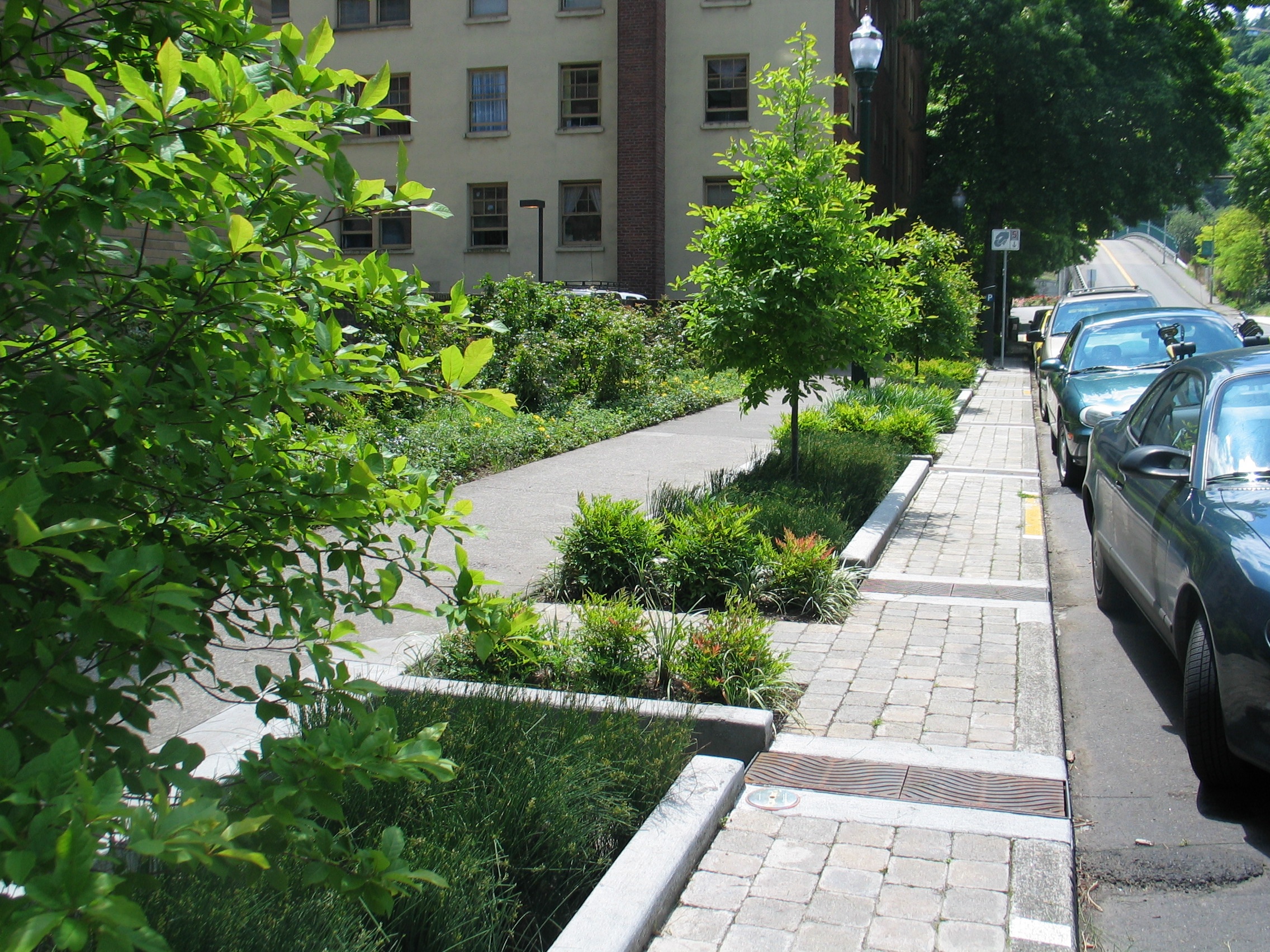Hydraulic Fracturing-Natural Gas Rules our Lives
Every morning, every night, rain or shine, we cannot survive without natural gas. As a race, we have shaken hands with the devil. Natural gas is not only destroying our planet, but harming us as well in the process. Hydraulic Fracturing (or Fracking) has slowly become a widespread method for extracting natural gas from deep within the Earth. Fracking is the process in which water is mixed with chemicals and sand before being injected into a Fracking well at forceful pressures. The strong current shatters pieces of shale which release the natural gas. The very idea sparks controversy. Shooting chemicals into the ground, contaminating our water supply, and wasting thousands of gallons of water everyday has brought on uneasiness with many people, including myself. The disease is spreading.
In America alone, there are currently 82,000 (Ridlington, 4) active Fracking wells in use. It takes a staggering 8 million gallons of water each time a well is fracked (Doug, 3) and each well can be fracked up to 18 times (Doug, 3) ! This adds up to around 70 trillion gallons of water wasted. Hydraulic Fracturing usually takes place inland, far from the ocean, this means that salt water would be too expensive to truck into the Fracking site (as well as completely disrupt the local ecosystems). The water used in Fracking is freshwater. There are people desperately in need of water (including farmers in California). Droughts are happening around the country while we continue to guzzle natural gas fracked using water that could have been utilized by people in need.
Each part of Fracking has a problem that comes right along with it. Take 600 different chemicals that are used in the fracking fluid (Doug, 5) for example. Known carcinogens and toxins are added to the freshwater being used. These include mercury, radium, uranium, ethylene glycol, methanol, hydrochloric acid, and formaldehyde (Denney, 1). These are being used in extremely high doses; there are 360 billion gallons of various chemicals currently needed to run our Hydraulic Fracturing wells (Ridlington, 9). We know these include chemicals that can be toxic to life, so why do we continue to use them?
Chemicals don’t just disappear, only 30% to 50% of the original fracking fluid is recovered after the process is complete. This means there is a very large amount of chemicals that are still there, continueing to leach into our groundwater. There is a very high percentage of people who live off of water extracted from personal wells. There have been over 1,000 documented cases of water contamination next to areas used for Fracking, as well as sensory, respiratory, and neurological damage due to ingested contaminated water (Doug, 4). Methane concentrations are proven to be 17 times higher in drinking water near Fracking wells. We are truly poisoning ourselves.
If Fracking is so detrimental, why do we persist to do it? Fracking produces around 300,000 barrels of natural gas every day as well as supplying adequate jobs. Because of this, the argument can be made that Fracking boosts our economy. There are other methods to make money, different ways to employ people. Natural gas is a finite source, at some point in our future, we will run out. Are we going to continually destroy each other and the environment until the very last drop is found? The exploration of renewable resources can provide the same jobs, power, and economy without the harmful effects to our planet and to ourselves.
Natural gas is extracted by many harmful methods, including Fracking. Hydraulic Fracturing is a dangerous process that uses excessive amounts of freshwater, pumps chemicals directly into the Earth, and contaminates the groundwater we use. When dealing with Fracking, the bad outweighs the good. As we continue our everyday lives, amidst a world running on natural gas, we continue to frack. As we continue to frack, we continue to poison ourselves, the Earth, and many generations to come. The time has come to shift our focus away from Hydraulic Fracturing, to renewable energies and in turn, towards a brighter future.
